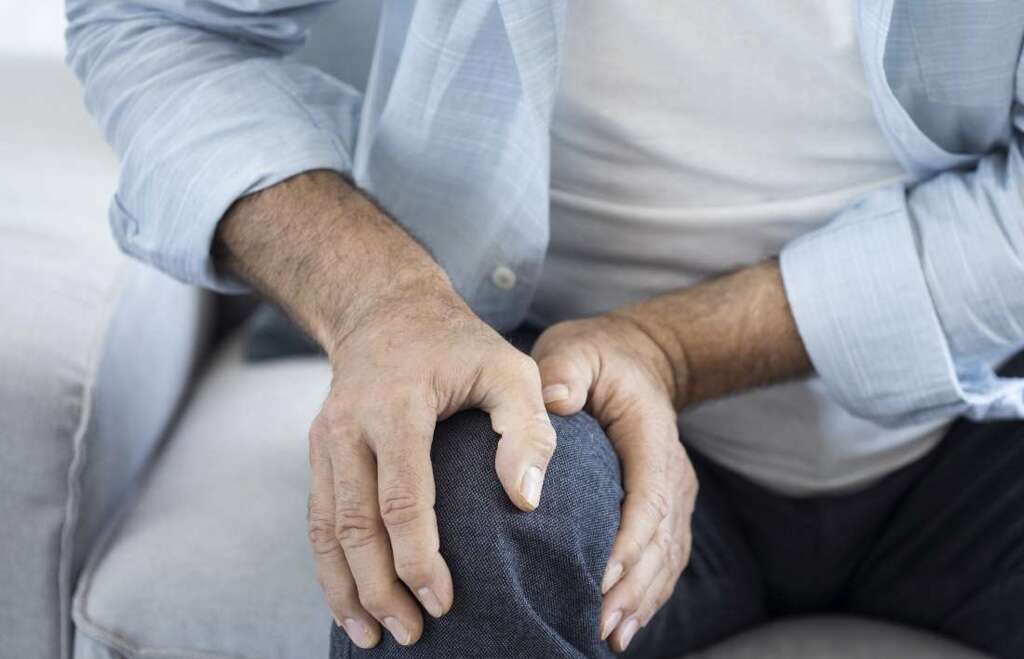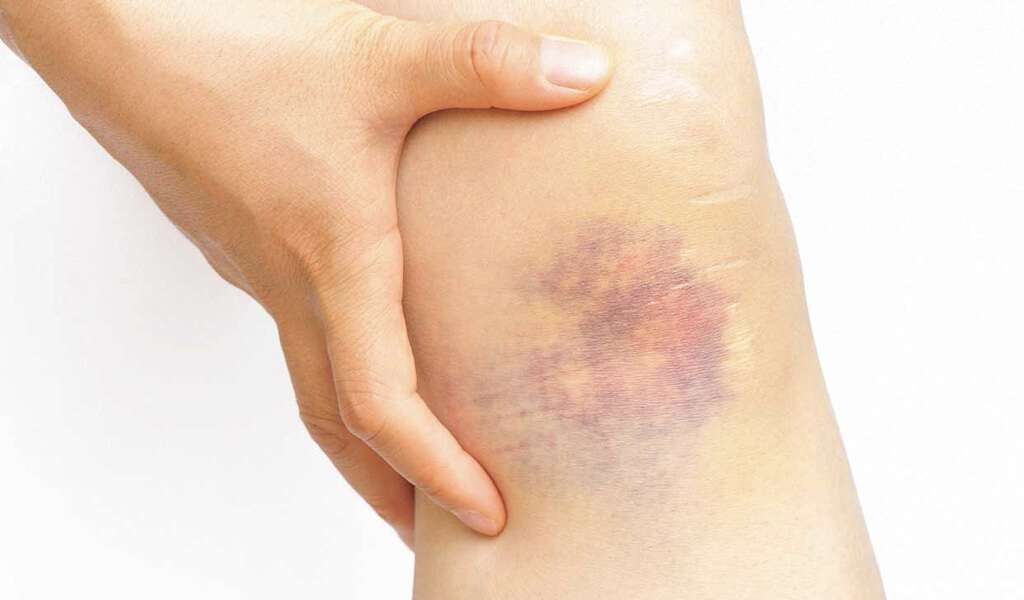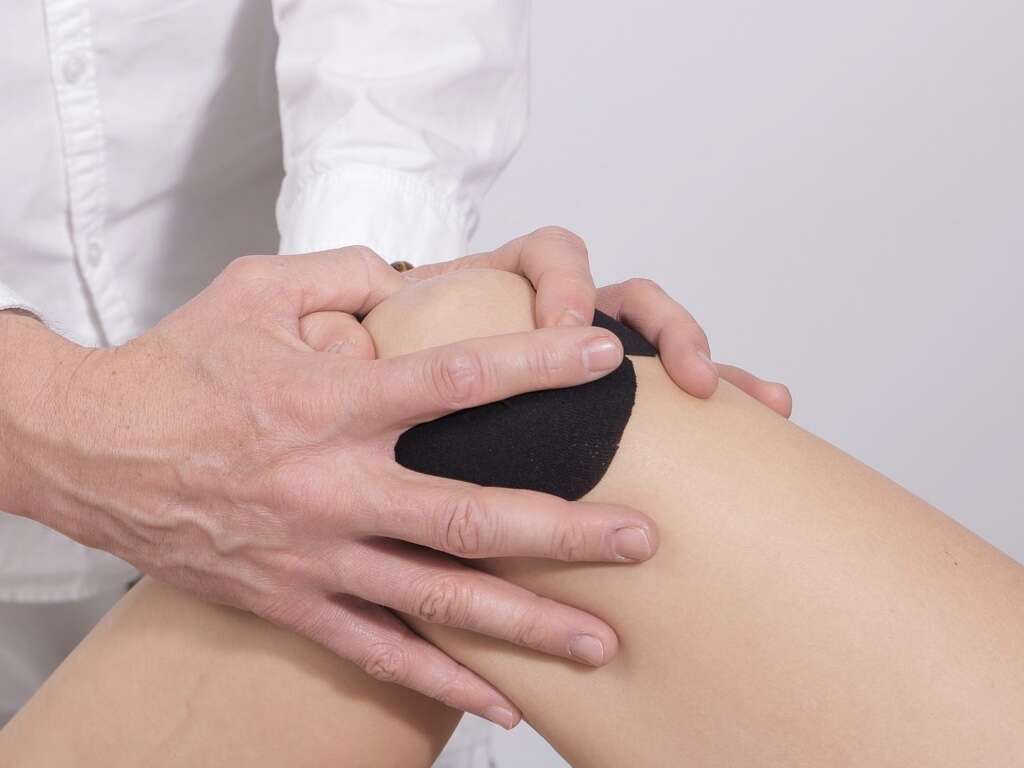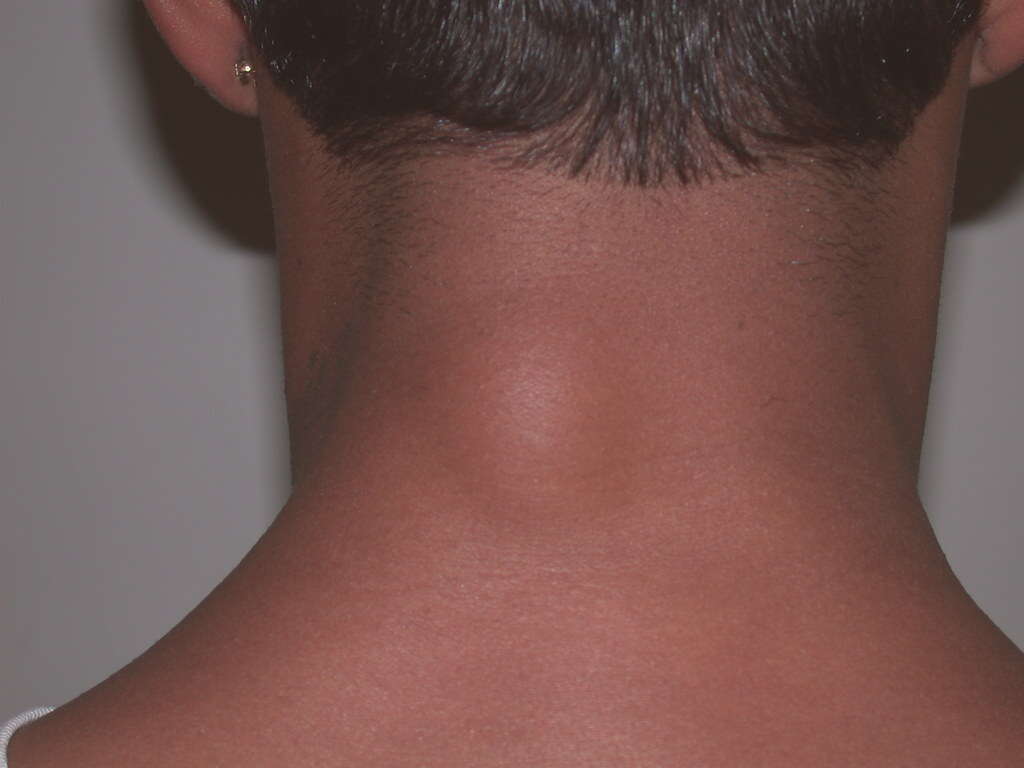10 Baker's Cyst Symptoms
A Baker’s cyst, also referred to as a popliteal cyst, is a swollen, fluid-filled cyst that occurs at the back of the knee. This cyst usually makes the patient’s knee tight and can inhibit their range of motion. They can be painful when they become serious, especially when bending or moving the legs. In most cases, the problem arises because of another issue that affects the knee joint. Arthritis and injuries to the cartilage are two common causes of Baker’s cysts. While this usually indicates the presence of two separate problems, there is a bright side to this: if you can identify the underlying cause of the problem, you can usually treat the cyst.
The cyst itself isn’t usually known to cause any long-term damage; however, it can persist for a long time until the underlying cause is dealt with. In serious cases, the cyst can rupture and cause pain, leading to an infection. In this case, fluid can travel down to the lower parts of the leg. The cyst is the result of the synovial fluid leaking out through the knee joint. The synovial fluid is a fluid that lubricates the joints, and when the body produces too much of it, it needs somewhere to go. This can lead to the development of problems like Baker’s cysts.
There are lots of different types of injuries that can contribute to Baker’s cysts, especially when you consider how easy it is to actually injure the knee. Things like blood clots, arthritis, and blunt trauma can all aggravate the joints in the knees and contribute to the development of a Baker’s cyst. If you’re worried about whether you have a Baker’s cyst, you might want to check out this list of symptoms. The lump isn’t always visible, and it can be useful to have an understanding about some of the other symptoms to confirm whether or not you actually have a Baker’s cyst.
Symptom #1: Pain
Cysts are generally known for being painful. There are a number of different things that can contribute to pain from a cyst. Not everyone experiences pain when they are suffering from a Baker’s cyst, but those who do usually experience it as a result of the excessive amount of synovial fluid being pushed out of the joint.
Unfortunately, everyone has to move their knees when they are out and about and this can aggravate the condition, making the pain more uncomfortable.
Symptom #2: A Lump
The most characteristic symptom of a cyst is a lump. In fact, the two terms are sometimes used synonymous, although this isn’t entirely accurate since not all lumps are cysts.
The lump emerges, in the case of a Baker’s cyst, when the synovial fluid is pushed out of the joint. Since it often doesn’t have anywhere to go, it can build up against the skin. When enough fluid builds up, it becomes visible in the form of a lump. The lump is usually a clear indicator that you are suffering from a Baker’s cyst if you experience it in conjunction with some of these other symptoms.

Symptom #3: Limited Range of Motion
Another thing that many people experience when they develop a cyst is a limited range of motion. There are several reasons for this.
The first reason is that the joint and the surrounding area can become swollen and inflamed as a result of the problem. This can physically hinder a person from moving to the fullest extent. Another reason why people may not be able to move as much is because of the pain that accompanies a cyst. It simply becomes difficult and painful to move, so many patients decide to rest while they identify the problem and work to heal it.
Symptom #4: Stiffness
Many people experience stiffness when they are struggling with a Baker’s cyst. Stiffness occurs when the individual is unable to fully move or stretch the affected area. Sometimes, simple stretching is enough to alleviate the stiffness, but in serious cases it can require that you heal the underlying problem before the joint is fully repaired.
Stiffness is often more uncomfortable during the mornings or after sitting for any extended periods of time. Getting up and moving the joint helps to redistribute the fluid and bring blood to the area, which helps to reduce stiffness.

Symptom #5: Swollen Knee
It’s not just the buildup of synovial fluid that can contribute to swelling in the knee area, although it can certainly contribute to the problem. The inflammation in the area can also lead to swelling.
One might expect to see swelling around the area where the cyst actually emerges, which is usually on the back of the knee. However, in serious cases, swelling can become visible all around the knee.
Symptom #6: Bruising of the Knee
Many people report experiencing a bruise or a bruise-like discoloration of the skin when they are struggling with a Baker’s cyst.
Synovial fluid is typically clear and so when the fluid within a baker’s cyst is discolored like blood this indicates trauma to the knee. Usually this bruising-like coloration only occurs if the cyst ruptures and will manifest in the calf or ankle.

Symptom #7: Oozing
One of the more unpleasant symptoms that can occur in someone suffering from Baker’s cyst is oozing. Synovial fluid or pus may ooze from the lump if you do not manage to heal the ailment soon enough.
In some cases, enough fluid can leak from the cyst for it to travel to the calf. This can contribute to bruising on other areas of the leg like the calf or upper ankle. This may be indicative of a ruptured baker’s cyst.
Symptom #8: Clicking
Another symptom that can indicate that you’re struggling from a Baker’s cyst is a clicking sound that occurs in the knee joint. This is a sign that you have damaged the joint itself and that the cyst is the result of whatever injury you have suffered.
In this case, you might want to seek medical attention so you can determine the cause of your cyst and figure out how to properly manage the illness.

Symptom #9: Buckling of the Knee
Another problem that’s often associated with Baker’s cysts is the buckling of the knees. Your knees “buckle” when they become temporarily unable to support your weight, which often leads to stumbling or sagging.
Buckling can be quite dangerous for older people, because a simple buckling of the knee while being out for a walk can lead to a fall. This is true for athletes as well.
Symptom #10: Rupturing
If you don’t manage your cyst and don’t take time to heal it, then it’s possible that the entire cyst will rupture. This can be observed by the immediate and sudden expulsion of a lot of fluid from the cyst.
This can happen to people who continue to exercise the joint without letting the cyst heal. Unfortunately, if the underlying issue is not dealt with, a ruptured cyst does not always mean that it is gone for good.











